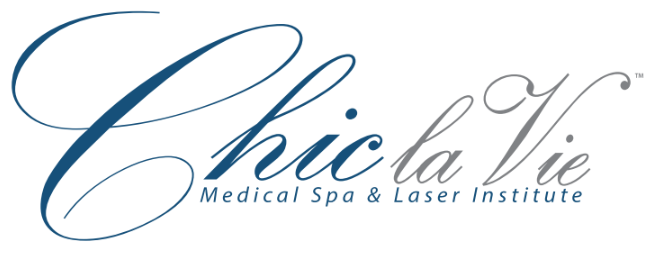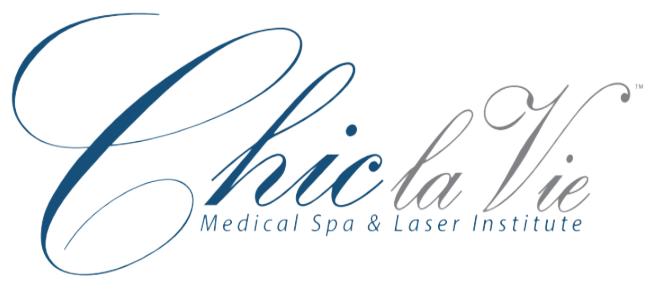VI Peel is a gentle yet powerful medical-grade peel known as our “do it all peel.” Safe for ALL skin types. It uncovers a person’s best-looking skin.
VI PEEL PERCISON PLUS
The Vi Precision Plus Peel is a supercharged version of the Vi Peel for stubborn melasma and pigmentation problems.
SKIN CEUTICALS MICROPEEL
These clinical corrective peels combine derma-planing (physical exfoliation), chemical exfoliation and ultra hydration to reduce signs of sun damage, fine lines, wrinkles, dullness and other skin imperfections, encouraging cell renewal and collagen synthesis for firmer, healthier, radiant skin.
Contact Us
"*" indicates required fields



